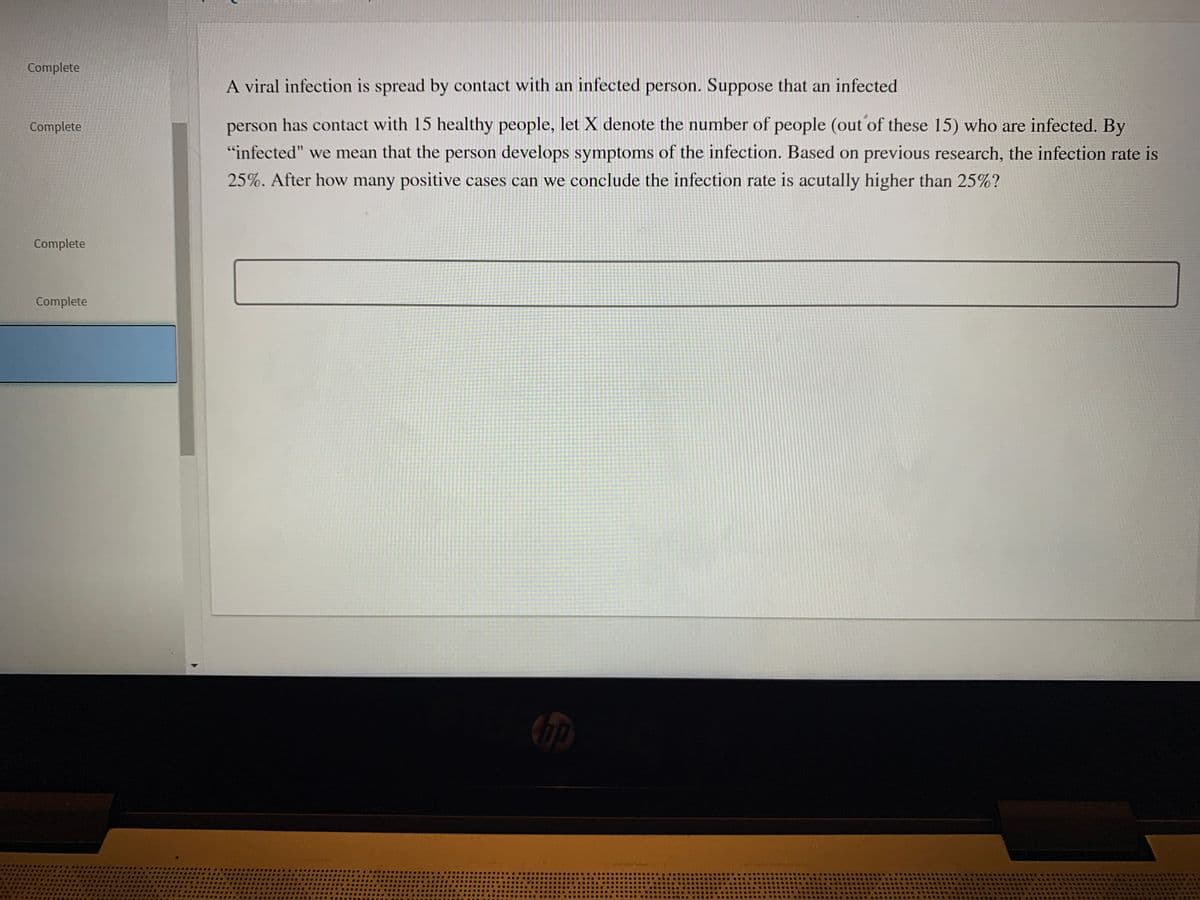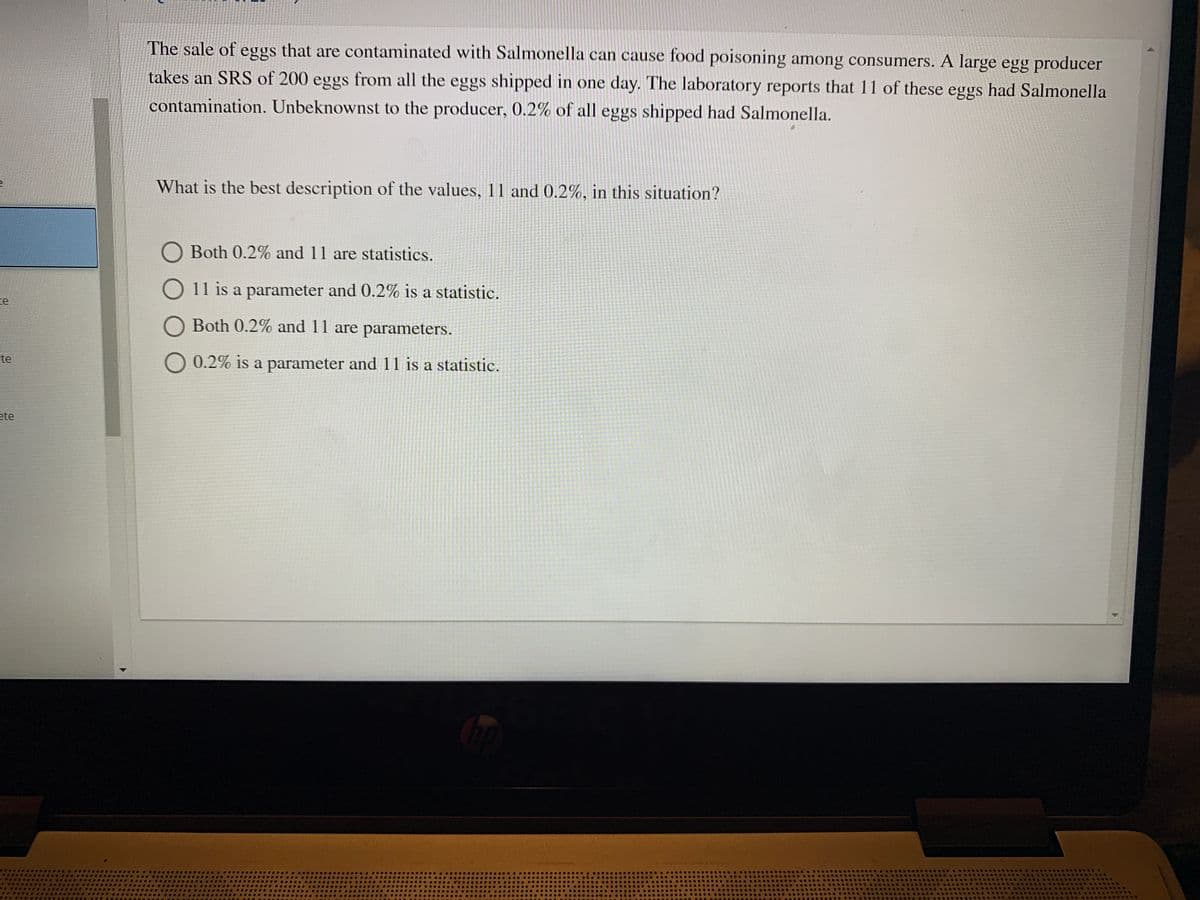A viral infection is spread by contact with an infected person. Suppose that infected an person has contact with 15 healthy people, let X denote the number of people (out of these 15) who are infected. By "infected" we mean that the person develops symptoms of the infection. Based on previous research, the infection rate is 25%. After how many positive cases can we conclude the infection rate is acutally higher than 25%?
Continuous Probability Distributions
Probability distributions are of two types, which are continuous probability distributions and discrete probability distributions. A continuous probability distribution contains an infinite number of values. For example, if time is infinite: you could count from 0 to a trillion seconds, billion seconds, so on indefinitely. A discrete probability distribution consists of only a countable set of possible values.
Normal Distribution
Suppose we had to design a bathroom weighing scale, how would we decide what should be the range of the weighing machine? Would we take the highest recorded human weight in history and use that as the upper limit for our weighing scale? This may not be a great idea as the sensitivity of the scale would get reduced if the range is too large. At the same time, if we keep the upper limit too low, it may not be usable for a large percentage of the population!


Trending now
This is a popular solution!
Step by step
Solved in 2 steps







